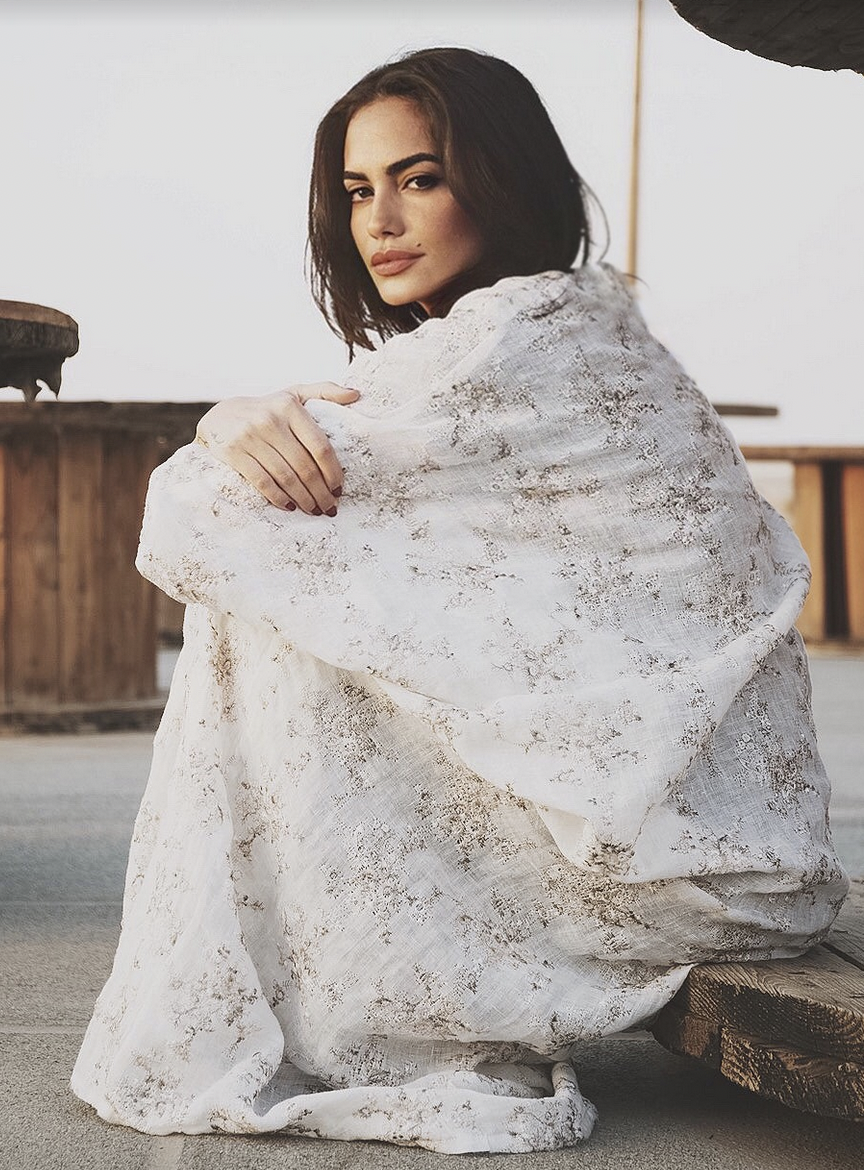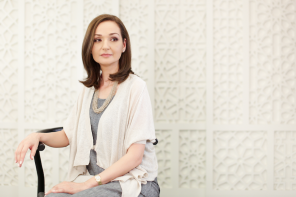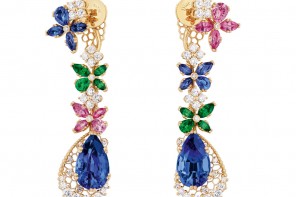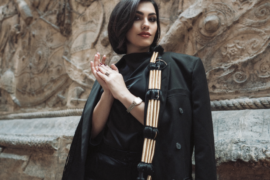Keen on supporting emerging and established artists in the region, Jumana Ghouth is a curator who envisions exhibitions and is passionate about leading top-tier projects in Saudi Arabia and the Middle East.
Ghouth speaks exclusively to Al Sharkiah about her field and ongoing commitment to Saudi arts.
Jumana, please tell us about your professional route
I graduated with a BA in design, and was meant to start an internship at a gallery for a month once I graduated. That one month internship turned into an eight-year long journey where I fell into curation organically.
Many people confuse the term “curator” what does the role really entail?
I’m not aware people ‘confuse’ the term “curator”; but I can gather it’s a relatively ‘new’ profession, particularly in Saudi. Curators almost act as mediators, between the artists and the space they are in, it has a lot of flexibility and room for thought and questioning.
You have worked at governmental institutions, what role is the government of KSA playing to better encourage Saudi talent?
A very heavy role. The Saudi Ministry of Culture has developed commissions under its wing to focus on specific genres in the creative fields, from film, to visual arts, to architecture to literature, to name a few.
Your rich portfolio includes several exhibitions; can you pick a favorite and tell us more about it?
One of my favorites was The Language of Human Consciousness, which I curated alongside Mohammed Hafiz. It brought together 32 local, regional, and international artists, under the concept of geometry.
How do you prepare yourself creatively for the development of an exhibition?
I don’t have a particular process for every exhibition I do, however, I keep notes of thoughts or questions that I think of, and it can be inspired by a conversation, an incident, sometimes a book or a movie, and it’s a domino effect from there. When I’m asked to curate an exhibition, I delve into these notes and pick what feels right. Another process I have that usually prompts the development, is I talk to my artists, that usually inspires a process that I then lead with.
In your opinion, what do Saudi talents need to be successful on a global scale?
They already have what they need to be successful, and some are considered successful. The usual formula for a Saudi artist obtaining global success is they do require external support, like gallery representations, which can take them to participate in art fairs and reach a wider international audience. Other things they could obtain that would add value, are artist residencies.
What advice do you have for women who want to become professional artists?
The beauty about Art in Saudi, is there was never any discrimination against women in this field, art was always looked at despite the gender.
Finally, what are you currently working on?
I’m currently working on a city wide public art festival in Riyadh, and a solo exhibition by Kuwaiti artist Farah Behbehani due to open in January, alongside the Islamic Biennale in Jeddah.
Text by Victor Gee




